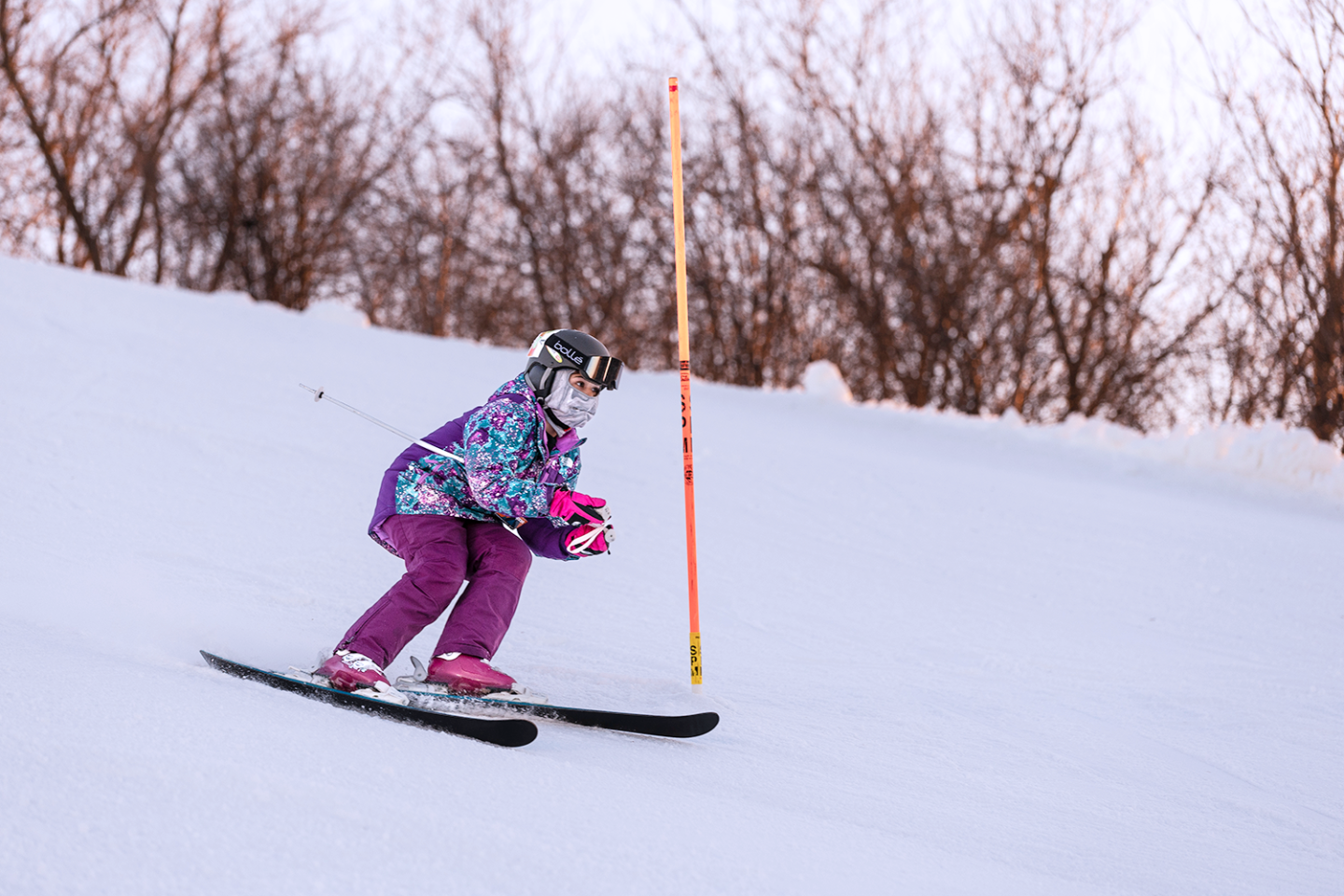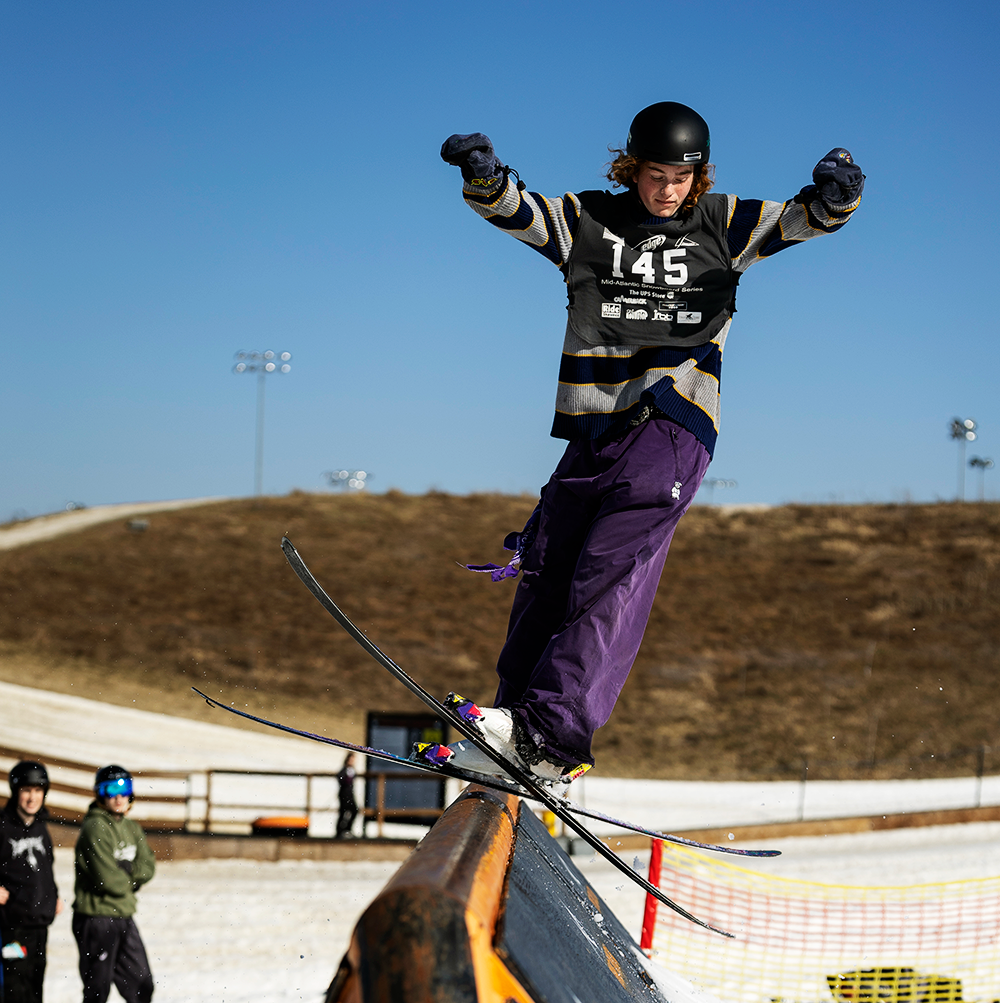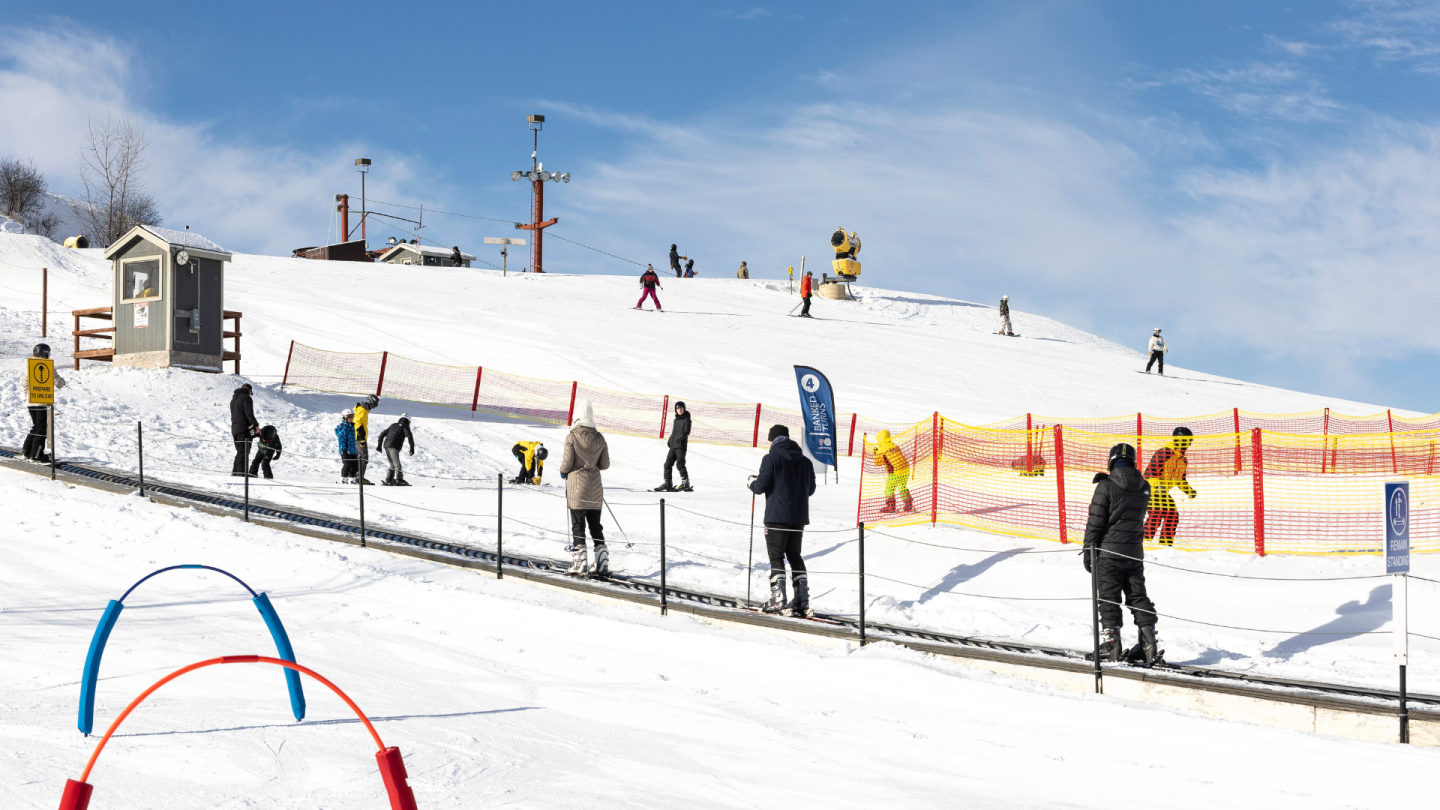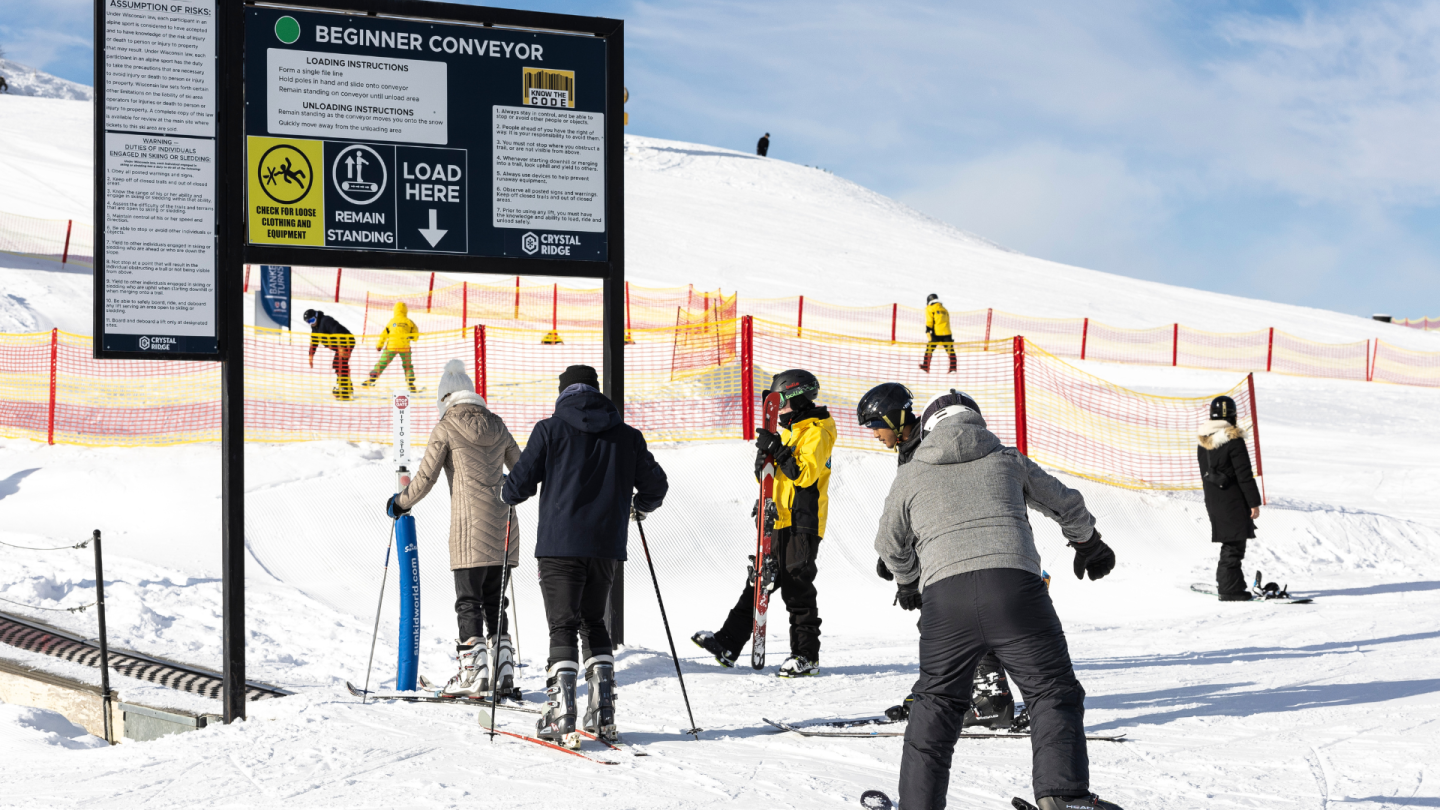
Beginner's Guide

Watch & Learn: How to Ski & Snowboard
How To Ski - Part 1
How To Ski - Part 2
How To Ski - Part 3
How To Snowboard - Part 1
How To Snowboard - Part 2
How To Snowboard - Part 3
Your Responsibility: Know The Code
Skiing and snowboarding can be enjoyed in many ways. At ski areas, you may see people using alpine, snowboard, telemark, cross country and other specialized ski equipment, such as that used by disabled or other skiers. Regardless of how you decide to enjoy the slopes, always show courtesy to others and be aware that there is risk in skiing that common sense and personal awareness can help reduce.
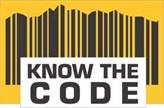
- Observe the code and do your part in making it great skiing experience for everyone.
- Always stay in control. You must be able to stop or avoid people or objects.
- People ahead or downhill of you have the right-of-way. You must avoid them.
- Stop only where you are visible from above and do not restrict traffic.
- Look uphill and avoid others before starting downhill or entering a trail.
- You must prevent runaway equipment.
- Read and obey all signs, warnings, and hazard markings.
- Keep off closed trails and out of closed areas.
- You must know how and be able to load, ride and unload lifts safely. If you need assistance, ask the lift attendant.
- Do not use lifts or terrain when impaired by alcohol or drugs.
- If you are involved in a collision or incident, share your contact information with each other and a ski area employee.
Officially endorsed by: National Ski Areas Association
Safety While On The Slopes
Take a lesson
Like anything, you’ll improve the most when you receive some guidance. The best way to become a good skier or snowboarder is to take a lesson from a qualified instructor.
The key to successful skiing/snowboarding is control
To have it, you must be aware of your stance, technique, the terrain and the skiers/snowboarders around you. Be aware of the snow conditions and how they can change. As conditions turn firm, the skiing gets hard and fast. Begin a run slowly.
Drink plenty of water
Be careful not to become dehydrated.
Know your limits
Learn to ski and snowboard in control. Stop before you become fatigued and, most of all have fun. If you’re tired, take a break.
You’ve arrived. You’re geared up and have a lift ticket. Now what? Go get a trail map at the base lodge or lift-ticket window. Take a few minutes to check it out. The lifts and the trails are marked on the map. The colored symbols next to the trails are the keys to enjoying your first few days on the slopes. Their shape and color indicate the difficulty of the trail.

Green Circle: Beginner
Blue Square: Intermediate
Black Diamond: Expert
Double-Black Diamond: Expert Only, use extra caution
Orange Oval: Freestyle Terrain

